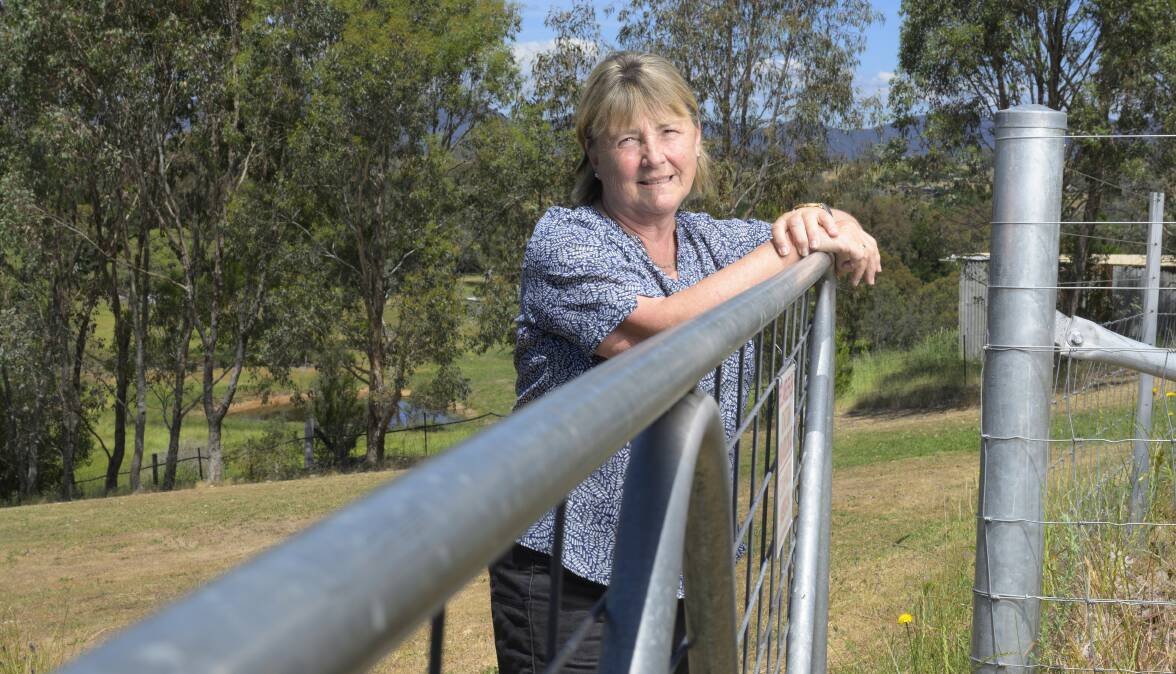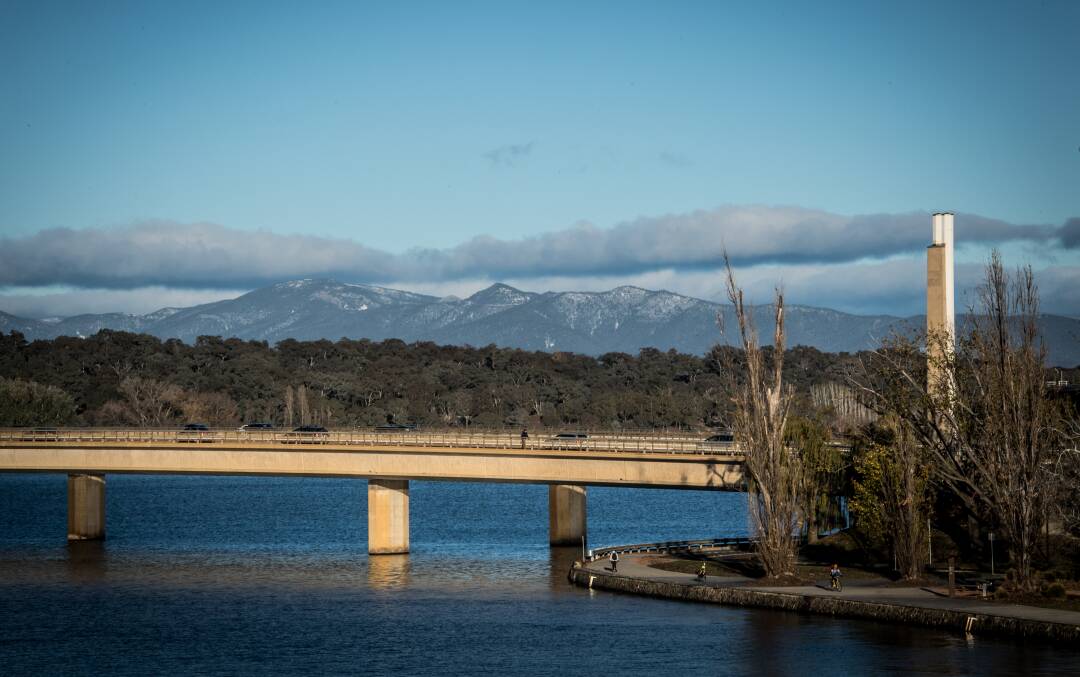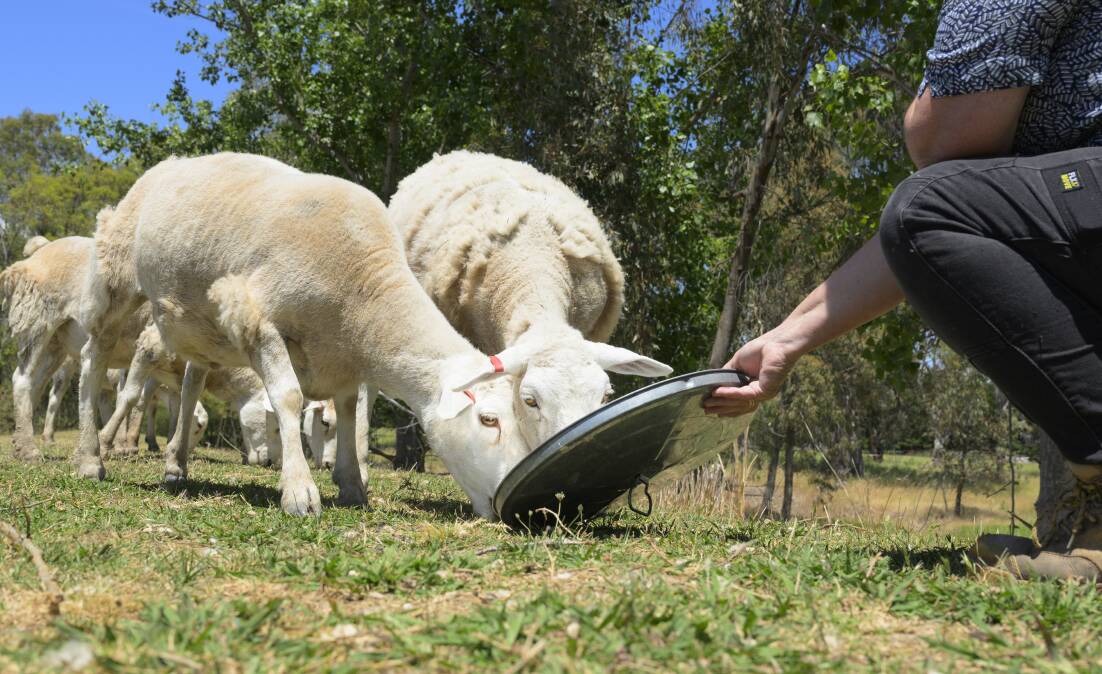For Robyn Saunders, the move to scenic Mundongo in the Snowy Valleys has been life-changing.
A few years ago, Ms Saunders was unhappy with her job and paying off a sizeable mortgage in Canberra.
Then her son graduated university and was about to move out of home. That's when she realised there was nothing keeping her in the city.
The 63-year-old decided to sell her suburban quarter-acre block and buy a five-acre property in Mundongo.
"I'm now no longer working full-time, I'm mortgage-free, it's fabulous," she said.

The Snowy Valleys have emerged as one of the hottest destinations in the country for people - particularly millennials - looking to trade city living for a regional lifestyle.
For Ian Chaffey, mayor of the Snowy Valleys Council that stretches from the ACT's western edge out near to Gundagai and down to Mount Kosciuszko, it comes as no surprise the area has become a magnet for young Canberra families seeking a lifestyle change.
"We've noticed that houses around here are selling and people with kids are moving in," Councillor Chaffey says.
"Now that you can run a business from the dark side of the moon means that you don't have to live in the cities anymore. I think there is certainly a trend to move to more appealing areas like this."
The area's net internal migration swelled by more than 205 per cent in the September quarter and was up almost 130 per cent in the past year, research undertaken by the Regional Australia Institute and the Commonwealth Bank showed. It's the strongest rate of growth in the nation.
The study found the vast majority of new arrivals, almost 83 per cent, came from the ACT and more than half were millennials.
Real estate agent Ray Piper, of Ray White Tumut, said: "I have seen more coming from Canberra in the last two years than in the last 26."

Mr Piper said while young families were making the move, so were older age groups. He said retirees and empty-nesters were just "coming in the door, seeing good value. They are not haggling".
Cr Chaffey said moderate housing costs were a drawcard.
"There is demand for land to build new houses on because the cost of land is low - $150,000 for a fully-serviced block," he said.
In addition to affordable housing, the area had good employment opportunities and well-equipped services like schools and hospitals, he added.
With a background in education, Ms Saunders found part-time work as a teacher at a local school straight away.
"Anyone involved in education or healthcare, rural centres are screaming for people like that," she said.
Ms Saunders had the option of working more but being mortgage-free meant she could start transitioning towards retirement.
CBA regional and agribusiness executive general manager Paul Fowler said areas like the Snowy Valleys were part of a sustained net migration of people from the major cities into regional areas.
"Good regional job prospects and the likelihood of better house prices and availability are attracting many people to these more remote regional growth hotspots," Mr Fowler said.
"Digital connectivity also means that where you are is less relevant today. As a result, it's likely many millennial small business owners are choosing to take advantage of the increasing investment and interest in regional development."
The joint RAI-CBA study shows the trend for people to flee the cities for life in regional areas predated the pandemic and has persisted beyond it.

Migration from capital cities to the regions is 11.7 per cent greater than it was pre-COVID and in the 12 months to September 11 per cent of all relocations were in this direction, compared with 9.1 per cent moving the opposite way.
As a result, the index measuring net migration to regional areas surged 30.4 per cent higher in the quarter. Sydney was the biggest loser, accounting for 80 per cent of all migration away from the capital cities in the year to September, many of them heading to the Central Coast and areas like Lake Macquarie.
But the most popular destination for all movers nationwide was the Sunshine Coast, which claimed a 16.7 per cent share of all net internal migration, followed by Greater Geelong and the Gold Coast (both had a share of 8.3 per cent).
RAI chief economist Kim Houghton said the research showed millennials were the most mobile age group and were particularly drawn to Douglas in far north Queensland, Greater Geraldton and Waroona in WA and the Snowy Valleys.
Suggesting the disenchantment of many with life in Melbourne's outer suburbs, Mr Houghton noted around one-third of those moving to Geelong had been living in Melbourne's-far flung areas for less than three years.
We've made it a whole lot easier for you to have your say. Our new comment platform requires only one log-in to access articles and to join the discussion on The Canberra Times website. Find out how to register so you can enjoy civil, friendly and engaging discussions. See our moderation policy here.







